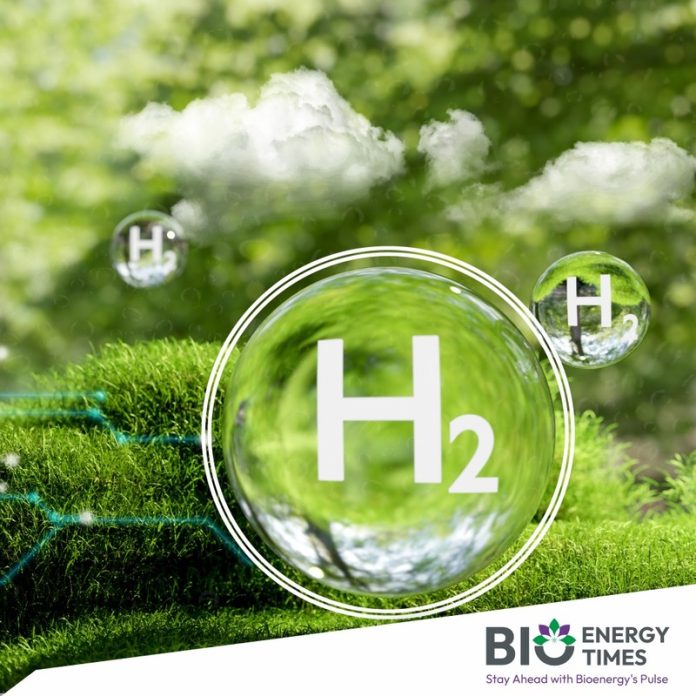New Delhi: In a push to create a competitive green hydrogen market in India, The Energy & Resources Institute (TERI) has recommended setting up a dedicated entity similar to the Solar Energy Corporation of India (SECI). This agency would secure green hydrogen for industries through long-term contracts, ensuring a reliable supply for sectors such as steel and fertilizers, reported The Hindu Businessline.
The new report issued by TERI on the role of green hydrogen in cutting down industry emissions while highlighting that India does not have a market for green hydrogen currently suggests the development of a structured market could be made by competitively procuring green hydrogen to meet future demand in different sectors. “Right now, there’s no market for green hydrogen in India because the infrastructure and demand for green hydrogen-powered goods are not yet in place,” TERI noted.
The absence of a green hydrogen market presents challenges for existing support programs, such as the SIGHT Programme and Production-Linked Incentive (PLI) scheme, which may struggle to deliver results without established demand, the report states. The renewable energy sector faced disruptions last week as some of the projects of SECI were affected when the Renewable Energy Implementing Agency said it had detected a false bank guarantee submitted by Reliance Power in a competitive process to bag a project for battery energy storage system.
For investors to be attracted to green hydrogen, points out TERI, they have to see steady and consistent demand at prices that can allow for sufficient returns. “Investors want to know there’s stable demand at a viable price range. They then raise equity and debt, and their financial backers perform thorough due diligence. Long-term purchase agreements at a fair price instil confidence in financial markets for both equity and debt,” TERI said, citing the successful solar mission as an example where private sector involvement and financing played a crucial role.
By initiating green hydrogen procurement contracts aligned with new project timelines, TERI believes a competitive market for green hydrogen could flourish. The report suggests that this procurement approach could help drive down costs over time, as seen in other renewable sectors. “Bidding for hydrogen supplies for each project will lower costs and foster a competitive industry structure,” TERI explained.
The report proposes forming a special-purpose vehicle (SPV) modeled after SECI, aimed at green hydrogen procurement. TERI suggests this SPV could create a cost-effective and competitive market for green hydrogen and associated carbon-free products in challenging sectors. Additionally, TERI recommends establishing separate SPVs to oversee pilot projects in specific industries, with each SPV promoted by relevant ministries.
For established technologies, TERI advocates a long-term procurement contract to secure investment and reduce risks. “Reliable, competitively-priced green hydrogen supply would simplify costs for downstream production and minimize risks for project bidders,” TERI concluded, adding that cost indexation, as in other long-term contracts, could be applied to stabilize pricing.
To read more about Green Hydrogen Industry News continue reading Bioenergytimes.com














